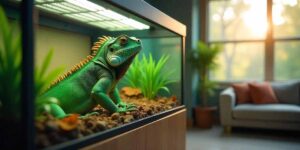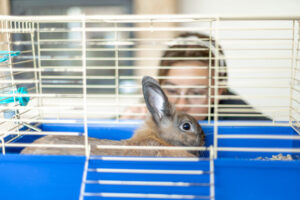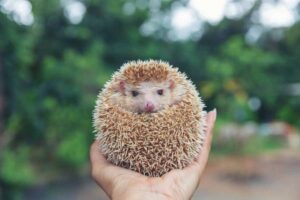The Animal Care Blog
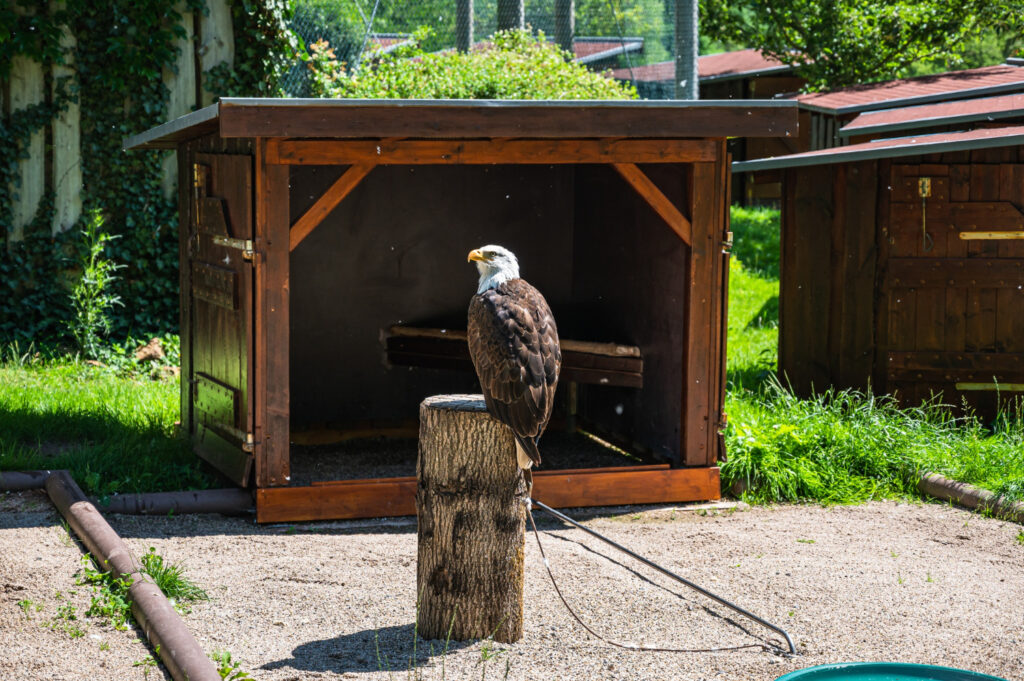
How to Set Up the Perfect Aviary for Your Bird
Creating a haven for your bird is a promise of excellent health. More than a bird cage, an aviary is your bird’s home sweet home, where he or she can flourish and express natural behaviours. The details needed for a perfect aviary are often overlooked by bird owners, resulting in aviaries that fall short of meeting their birds’ needs. This guide details everything you need to know about setting up an aviary, reviews the best bird cages on the market and offers tips for designing a bird-friendly home.
Key Benefits / Why It Matters
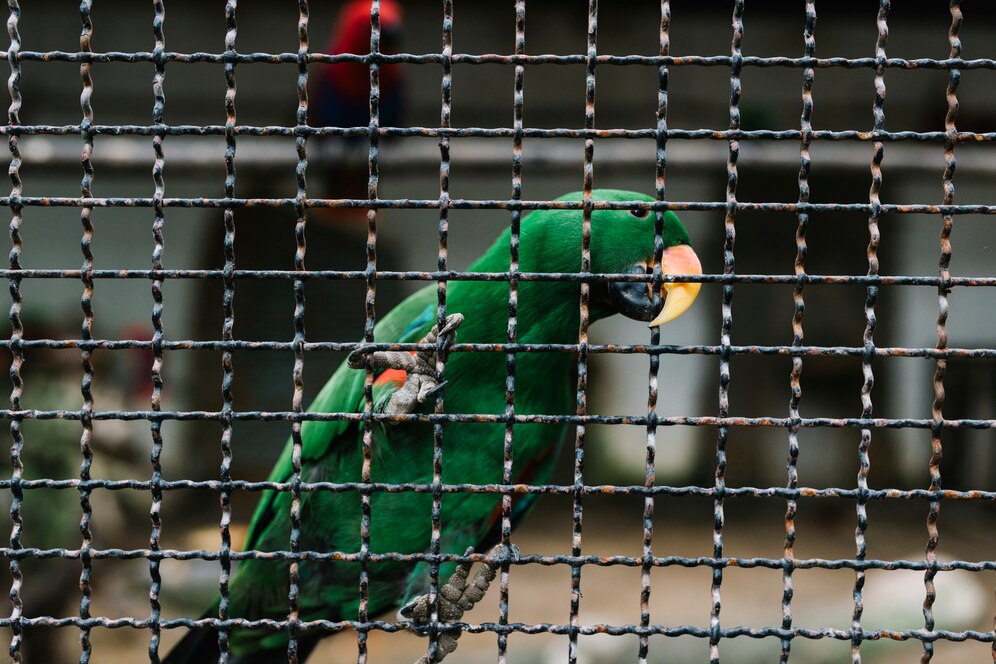
Enhancing Well-being and Longevity
A well-designed aviary boosts your bird’s physical and mental health. Birds are intelligent and social, needing stimulation and space to fly. A good aviary gives them room to stretch their wings, play, and engage in natural behaviours, which helps them live longer and happier lives.
Promoting Natural Behaviours
In the wild, birds forage, socialise, and build nests. An aviary that mimics these conditions helps them engage in these activities. This reduces stress and prevents issues like feather plucking or excessive noise. You’ll also enjoy watching their natural behaviours.
Real-life Applications
Think of a parrot owner who turned a simple cage into a lively aviary. By adding natural perches, varied toys, and a water feature, the bird became more active and vocal, showing improved health. This example shows how a well-planned aviary can enhance a bird’s quality of life.
Step-by-Step Guide to Setting Up the Perfect Aviary
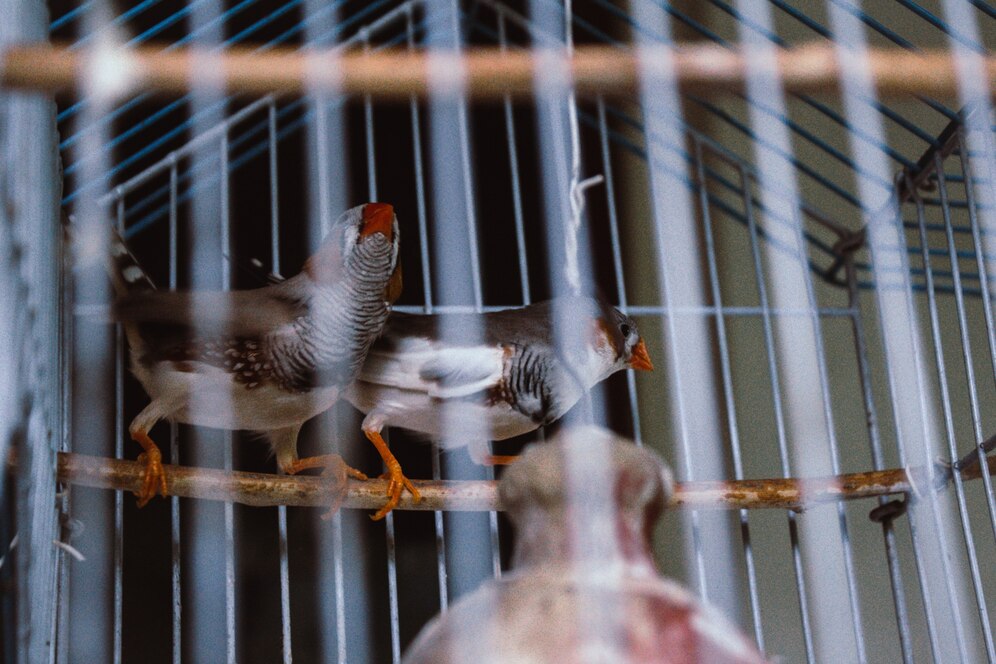
Step 1: Choosing the Best Bird Cages
Size Matters
When choosing bird cages, size is key. Birds need space to fly and move. The cage should be at least twice the wingspan of your bird in width, depth, and height. For instance, an African Grey parrot needs a cage at least 24 inches wide, 24 inches deep, and 36 inches high.
Materials and Safety
Choose cages made from non-toxic materials. Stainless steel is best because it’s durable, easy to clean, and won’t corrode. Avoid cages with lead or zinc coatings, as they can be harmful if ingested.
Step 2: Designing a Bird-Friendly Home
Perches and Platforms
Include various perches made from natural wood like manzanita or eucalyptus. These materials help keep their feet healthy. Arrange perches at different heights to encourage climbing and exercise.
Enrichment and Stimulation
Offer a variety of accessories and toys that challenge your bird’s intelligence. Puzzle toys, foraging toys, and swings are great options. Rotate toys regularly to keep your bird interested and engaged.
Environmental Enrichment
Add features like a small water fountain or bird-safe plants. These elements not only beautify the space but also create a more stimulating environment.
Step 3: Location and Climate Considerations
Indoor vs Outdoor Aviaries
Choose whether your aviary will be indoors or outdoors. Indoor aviaries protect from predators and harsh weather but need more cleaning. Outdoor aviaries offer a natural setting but must be secure and weatherproof.
Temperature and Humidity
Keep the temperature and humidity stable in the aviary. Birds are sensitive to extreme conditions, so ensure they are well-insulated and ventilated. Use humidifiers or heaters to maintain comfort.
Additional Expert Tips & Common Mistakes to Avoid
Expert Tips
- Regular Cleaning: Clean the aviary often to prevent bacteria and parasites. Use bird-safe cleaning products and change the substrate regularly.
- Diet and Nutrition: Offer a balanced diet with seeds, pellets, and fresh fruits and veggies. Consult an avian vet for specific dietary advice.
Common Mistakes to Avoid
- Overcrowding: Don’t put too many birds in one aviary. This can cause stress and aggression. Make sure each bird has enough space for privacy.
- Ignoring Social Needs: Birds are social and need interaction. Spend time with your bird daily. If they’re a social species, consider getting more than one.
Advanced Insights / Expert Recommendations
Customising Your Aviary
If you want to enhance your aviary, think about adding features like a misting system for tropical birds or UV lights to simulate sunlight. These can improve your bird’s health and happiness by mimicking their natural habitat.
Monitoring and Adjusting
Keep an eye on your bird’s behaviour and adjust the aviary setup as needed. Birds can be unpredictable, and their needs may change. Stay observant and be ready to adapt to ensure their well-being.
Make a Better Home for Your Bird
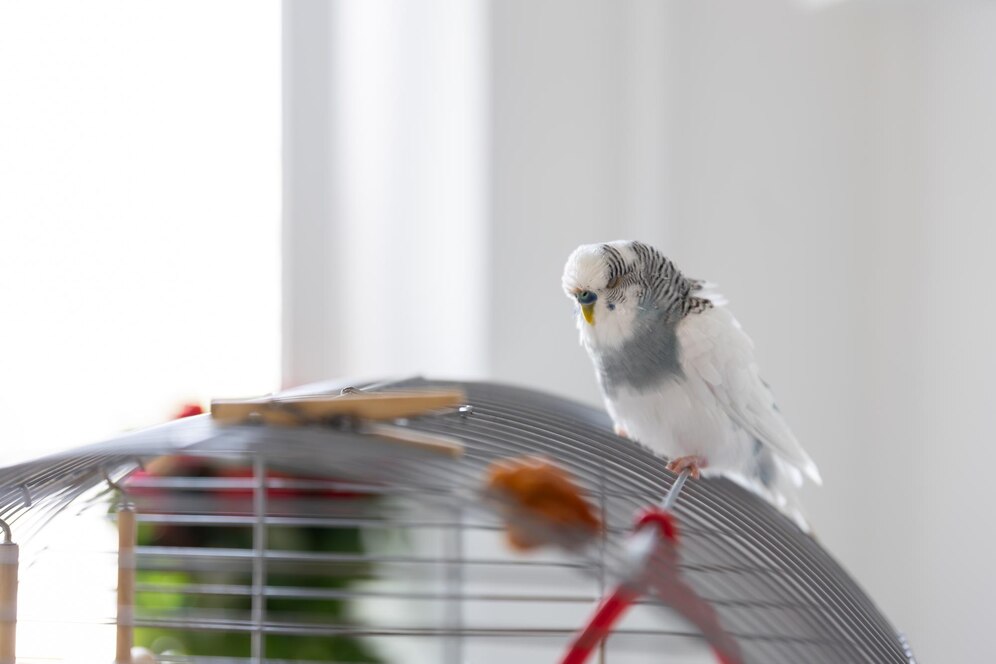
Building a perfect aviary is an exciting job, but it must be adequately planned. Learning what your bird needs will help you create a space that nourishes their physical and mental health. The secret of success lies in continuous monitoring and tweaks. Continue to study your bird’s needs and make their environment even better. Cherishing your birds and giving them love and care will equally make you happy. Let us inspire you to start your own aviary and make your feathered friend relish a happy life. In what ways are you going to adjust your bird’s environment?



